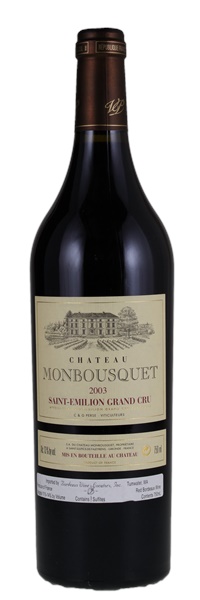Estimate

Notes of smoky meats, melted licorice, jammy black cherries, spice box, earth, and cedar. This plump, fleshy, sexy, unfined, unfiltered wine represents a classic blend.
Essence of blackberry here on the nose with a hint of cream. Full-bodied yet silky and refined, with lovely texture and length. Delicious and long.
Expressive, vinous aromas of redcurrant, tobacco, leather and smoke. Sweet, supple and fat with fruit; dark and red berries are complemented but not overshadowed by hints of leather and smoked meat.